-
Welcome to Tacoma World!
You are currently viewing as a guest! To get full-access, you need to register for a FREE account.
As a registered member, you’ll be able to:- Participate in all Tacoma discussion topics
- Communicate privately with other Tacoma owners from around the world
- Post your own photos in our Members Gallery
- Access all special features of the site
Brakes
Discussion in '2nd Gen. Tacomas (2005-2015)' started by Sfcmcmahon, Jun 22, 2023.
Page 2 of 2
Page 2 of 2


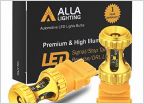 Led Pods as turn signals
Led Pods as turn signals Tonneau cover gap
Tonneau cover gap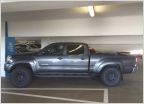 IFS Skid or ARB CKMA12 or AAL (wheelers/headstrong)
IFS Skid or ARB CKMA12 or AAL (wheelers/headstrong)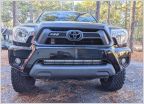 Pro Grill or Factory?
Pro Grill or Factory?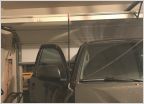 CB Antenna in Factory Antenna Location
CB Antenna in Factory Antenna Location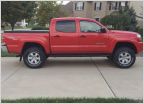 Just added a Rancho Quicklift to my 06 Tacoma - pics posted
Just added a Rancho Quicklift to my 06 Tacoma - pics posted




